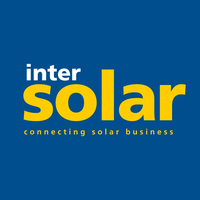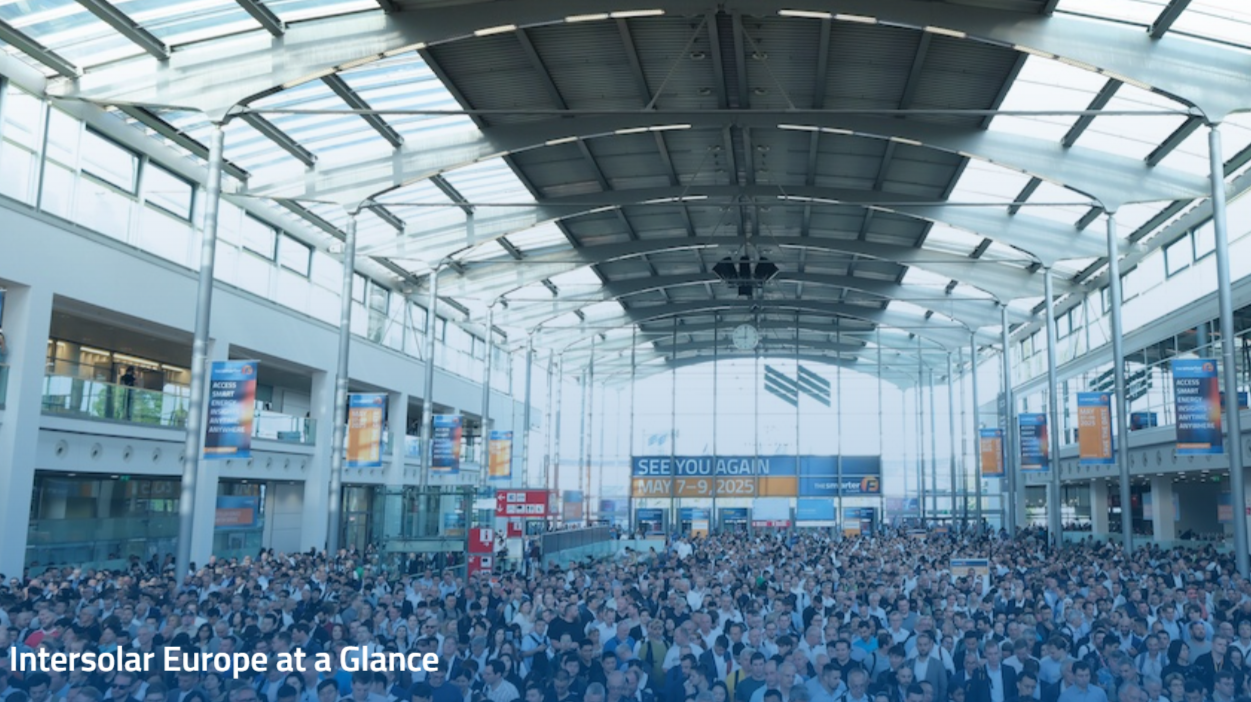Munich/Pforzheim, February 8, 2024 – A new generation of inverters is on the rise: Their functions go far beyond their original task of converting direct current to alternating current. Today, they’re crucial for our renewable 24/7 energy supply. Trends such as digitalization, flexibility, stability and communication have made them smarter, more intuitive and more integrated. Intersolar Europe 2024 will present the latest products, technologies and trends in the area of modern inverters. At the exhibition, visitors will have the opportunity to learn more about the latest developments and innovations and discover all the different types of functions. A diverse presentation program at the Intersolar Forum and at the Intersolar Europe Conference will round off the exhibition program. Intersolar Europe is part of The smarter E Europe, Europe’s largest alliance of exhibitions for the energy industry, and will take place alongside ees Europe, Power2Drive Europe and EM-Power Europe in Munich from June 19–21, 2024.
Inverters play an important role in the transition towards a renewable energy supply. As the global PV installation capacity grows, so does demand for inverters. This development is clearly reflected in Wood Mackenzie’s Global Solar PV Inverter and Module-Level Power Electronics Market Share 2023 report. It shows that, compared to 2022, PV inverter shipments grew by 48 percent in 2023. There are a number of trends that drive this development.
Trend 1: Digitalization for easy installation, operation and maintenance
As digitalization progresses, it is becoming easier to install, operate and maintain today’s inverters. The use of digital tools for planning, system design and error diagnostics has become common practice. This goes hand in hand with the increasingly widespread use of artificial intelligence and cloud-based energy management apps that clearly visualize energy consumption and self-generated energy.
Trend 2: More flexibility thanks to retrofitting and scalability
The latest generation of inverters can be used for various applications. A growing number of manufacturers now offer retrofit options for their systems to protect against events such as power grid failures. Their customers can choose from a range of emergency power options to suit their needs – from supplying individual appliances via the power socket to powering entire households, including large-scale users, via battery storage systems. Because modern inverters have a high scalability and are designed to adapt to changing requirements, they can be used for charging batteries or e-vehicles with excess solar power and to operate heat pumps. As a result, private users and small businesses will not have to replace their inverter when their energy demand increases or they want to upgrade their solar installation.
Trend 3: Grid stabilizing inverters for a renewable 24/7 energy supply
It’s becoming increasingly common for modern inverters to have grid-stabilizing properties. They play a crucial role in the transition to a power supply system based 100 percent on renewable energies. While conventional power plants with their flywheels and short circuit power have been responsible for maintaining stable voltage and power line frequency in the past, the increase of renewable energy systems requires grid-forming inverters to take over this task to ensure grid stability. In Germany, for example, the Federal Cabinet recently adopted the System Stability Roadmap, which defines necessary measures and regulations for a renewable energy supply, and grid-forming inverters were among the key issues.
Trend 4: Smart communication and integration via open interfaces
High communication and interconnection capabilities are the hallmarks of the latest generation of inverters. With multiple digital switching outputs, LAN ports, an integrated WIFI interface and additional digital interfaces such as Modbus TCP and SG-ready, they are able to provide numerous benefits, such as easy commissioning and system configuration, connection to a smart meter for measuring and visualizing self-consumption, quick monitoring data exchange, as well as the integration of additional consumers such as air conditioners, infrared heaters, heat pumps and heating elements.
Intersolar Europe 2024: Experience innovation up close and personal
From June 19–21, 2024, Intersolar Europe will present the latest inverter products, technologies and trends in Munich. Visitors will have the opportunity to learn more about the latest developments and innovations of inverters and all the different types of functions across ten exhibition halls – particularly in halls B3, B4 and C1. Leading inverter manufacturers such as Huawei, Power Electronics, SMA and Sungrow will be there. A diverse presentation program at the Intersolar Forum (hall A3, booth A3.150) and at the Intersolar Europe Conference in the International Congress Center Messe München (ICM) on the day before the exhibition kicks off, will round off the exhibition program.
Intersolar Europe and the parallel events ees Europe, Power2Drive Europe and EM-Power Europe will take place from June 19–21, 2024 as part of the innovation hub The smarter E Europe, Europe’s largest alliance of exhibitions for the energy industry, at Messe München.
 Pages you might like
Pages you might like








 Exhibitions you may be interested in
Exhibitions you may be interested in
 Latest information
Latest information
 Follow official account
Follow official account
 Online support
Online support
 鄂ICP备2022017323号
鄂ICP备2022017323号
 鄂公网安备 42018502006493
鄂公网安备 42018502006493
 Launch Exhibition
Launch Exhibition
 Release information
Release information




 Today's topic
Today's topic









